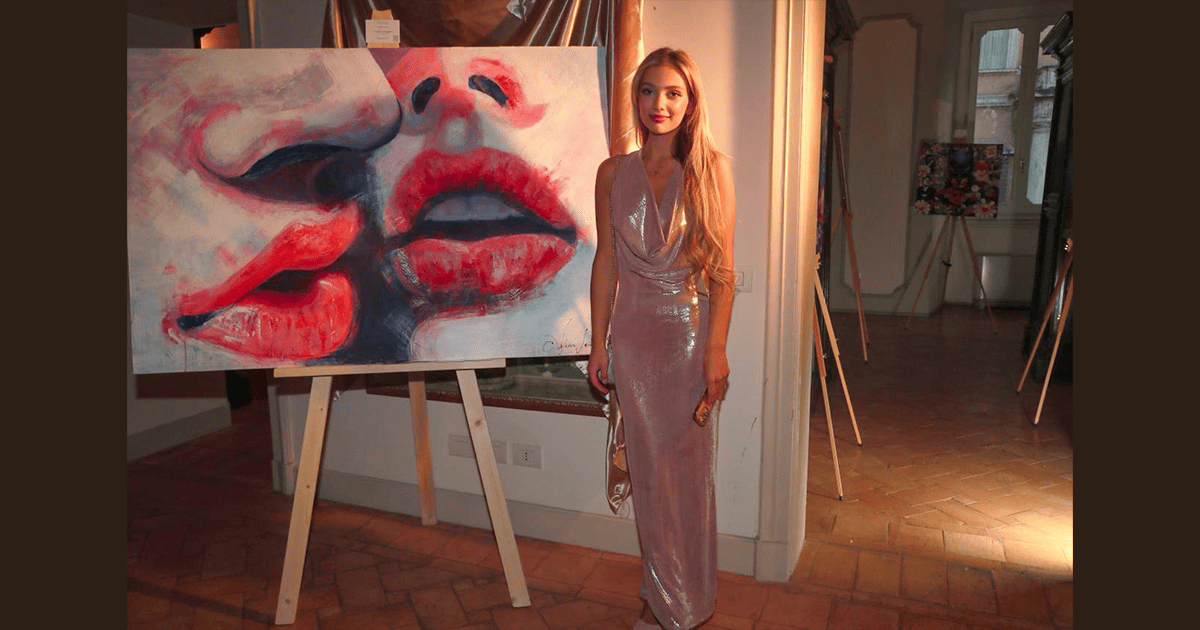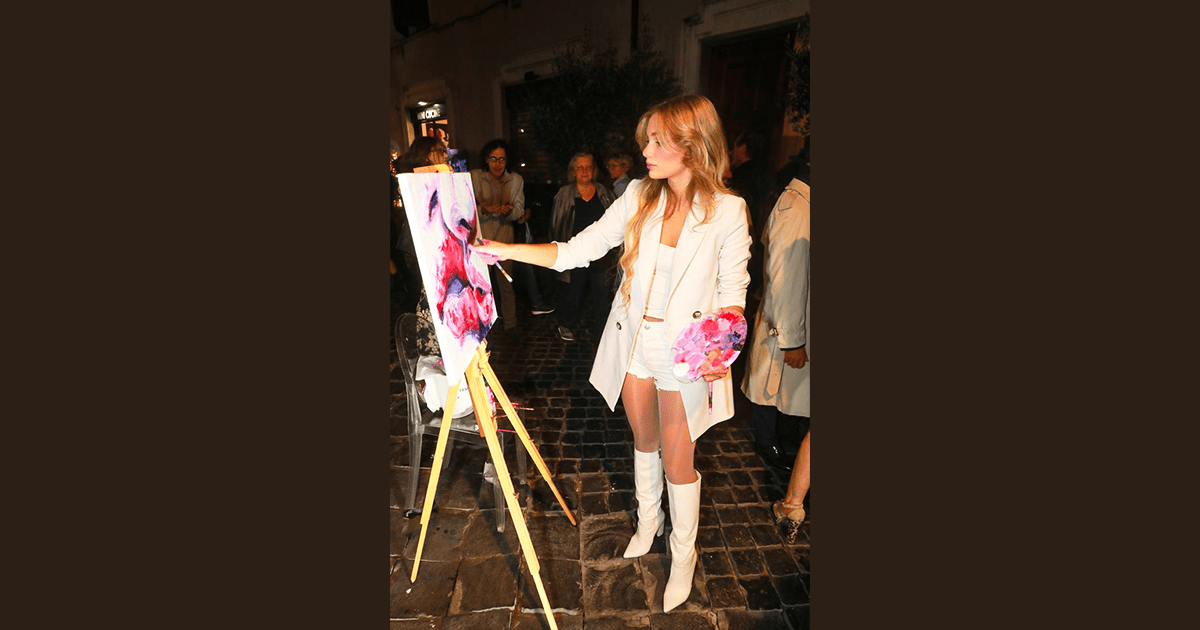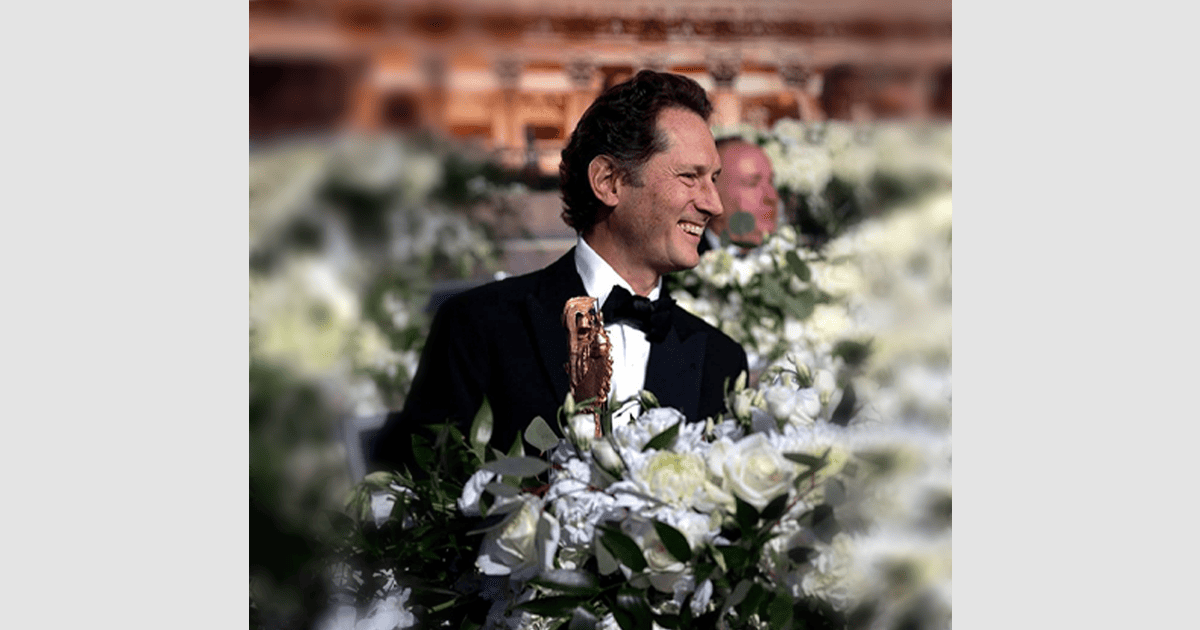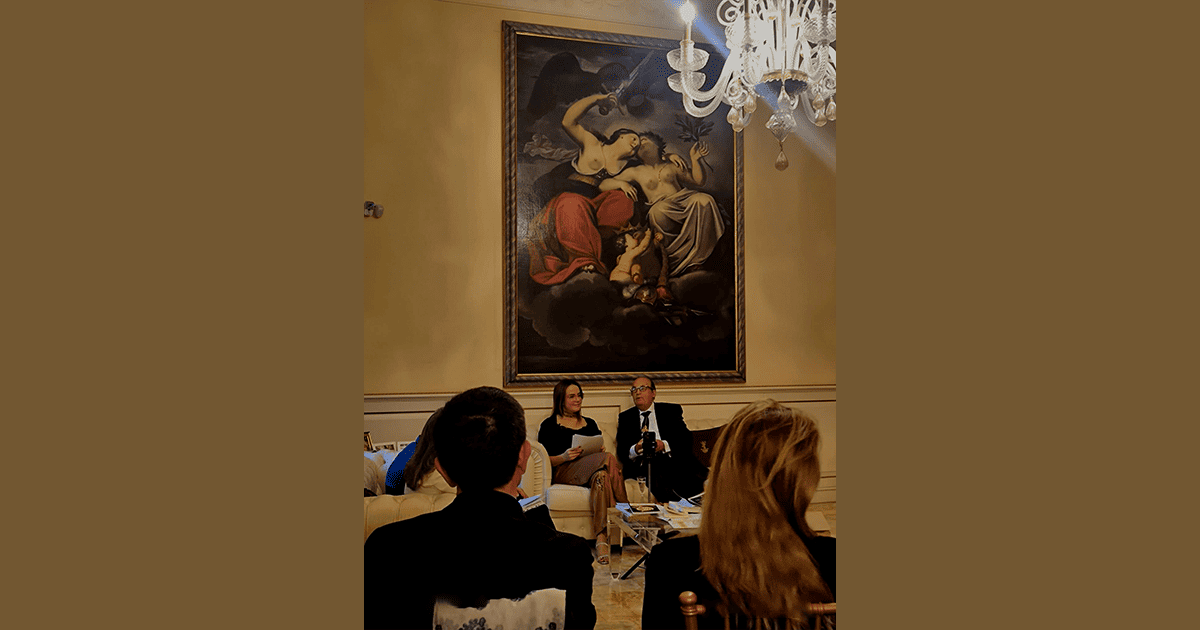- Italian
- English
Ci sono storie che si sentono, pagina dopo pagina, come se fossero anche le nostre. “Cara Morte, amica mia” di Gaia Trussardi è una di quelle. Non un romanzo, non un memoir nel senso più classico, ma una lettera intima e coraggiosa alla morte, scritta da chi l’ha incontrata troppo presto e troppo spesso.
Dopo due lutti improvvisi che le hanno stravolto la vita, Gaia sceglie di non voltarsi dall’altra parte, ma di guardare la morte negli occhi. Le scrive, la interroga, la convoca come si fa con qualcuno che non puoi più evitare. Un flusso narrativo intimo, fatto di ricordi, di riflessioni, di passaggi che si muovono tra vita e perdita, tra infanzia e consapevolezza adulta e, sorprendentemente, ne nasce un dialogo, a tratti doloroso, a tratti necessario.
In questo flusso fatto di ricordi e pensieri esistenziali, la morte non è solo una presenza distruttiva, è anche una figura che costringe a farsi domande vere, che scava, che mostra le crepe. Una sorella silenziosa, una compagna scomoda, a volte persino una guida.
Il cuore del libro non è il lutto in sé, ma il rapporto che si crea con la morte quando smette di essere un tabù e inizia a presentarsi come una presenza costante, scomoda, a tratti perfino familiare. Non più solo nemica, ma figura ambigua: silenziosa compagna, a volte crudele, altre volte profondamente istruttiva.
La scrittura di Gaia Trussardi è composta, a tratti poetica, mai forzata, delicata, sobria, mai retorica. Non c’è autocommiserazione, non c’è spettacolarizzazione del dolore. C’è invece una volontà autentica di comprendere. Non cerca il pietismo, non pretende di dare lezioni, al contrario: è una voce nuda, onesta, che racconta il dolore senza filtri ma anche senza fronzoli.
“Cara Morte, amica mia” è un libro che non consola, ma accompagna. Non spiega la morte, ma invita a guardarla in faccia, a sentirla, e questo lo rende, più che un libro da leggere, un libro da attraversare, che non dà risposte, ma insegna a fare le domande giuste… ed è proprio questo che lo rende prezioso.
There are stories you don’t just read you feel them, page after page, as if they were your own. “Dear Death, My Friend” by Gaia Trussardi is one of those rare books. It’s not a novel, nor a memoir in the traditional sense, but rather an intimate, courageous letter to Death, written by someone who has encountered it too soon and too often.
After two sudden losses that completely upended her life, Gaia chooses not to turn away but to look Death straight in the eye. She writes to it, questions it, summons it as one would someone who can no longer be avoided. What unfolds is an intimate narrative flow made of memories, reflections, and passages that move between life and loss, between childhood and adult awareness. And surprisingly, out of this dialogue comes something both painful and necessary.
In this current of recollections and existential thoughts, Death is not portrayed merely as a destructive force. It becomes a presence that compels one to ask real questions, that digs deep, that reveals the cracks within. A silent sister, an uncomfortable companion sometimes even a guide.
The heart of the book does not lie in mourning itself, but in the relationship that forms with Death once it ceases to be a taboo and starts appearing as a constant, uneasy, and at times almost familiar presence. No longer just an enemy, but an ambiguous figure: silent, sometimes cruel, yet profoundly instructive.
Gaia Trussardi’s writing is composed and poetic, never forced delicate, restrained, and free of rhetoric. There is no self-pity, no dramatization of grief. Instead, there is a genuine will to understand. She does not seek pity or try to teach lessons; hers is a naked, honest voice that tells of pain without filters, yet without embellishment.
“Dear Death, My Friend” is not a book that consoles it accompanies. It doesn’t explain Death, but invites us to face it, to feel it. And that makes it less a book to read, and more a book to walk through: one that doesn’t offer answers, but teaches how to ask the right questions.
And that is precisely what makes it precious.
By author


